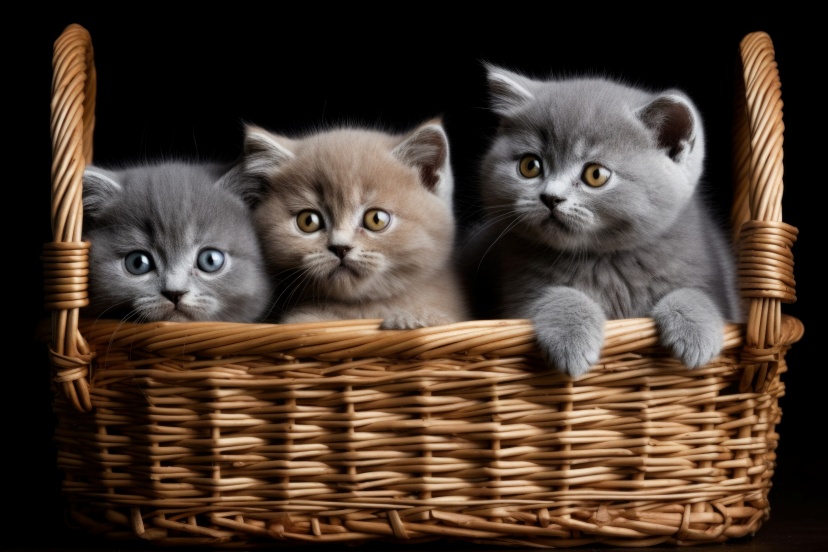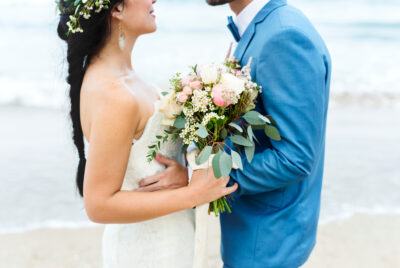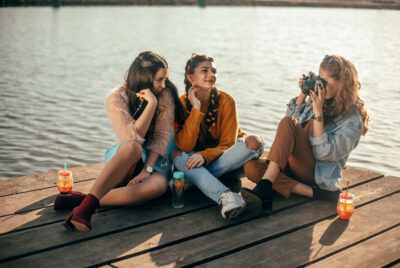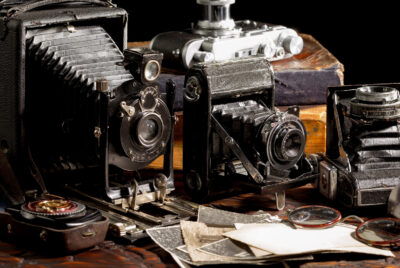Pet Photography: Precious Moments with Your Furry Friends
As a pet enthusiast and photography advisor, I believe there’s something truly magical about capturing the essence of our furry companions through the lens. Pet photography allows us to freeze those unforgettable moments, the wagging tails, playful leaps, and soulful gazes, preserving them forever. In this article, I’ll share my passion for pet photography and offer valuable tips and suggestions to help you create stunning images that showcase the unique personality and beauty of your beloved pets.
Importance of Pet Photography
Pet photography goes beyond capturing cute snapshots; it’s about creating cherished memories that will be treasured for years to come. Our pets are an integral part of our families, and documenting their lives through photographs allows us to celebrate their presence, the joy they bring, and the unconditional love they provide. These photographs become a visual legacy, evoking emotions and preserving the essence of our furry friends long after they’re gone.
Choosing the Right Equipment
To capture exceptional pet photographs, having the right equipment is crucial. While professional cameras and lenses offer the best results, you can still achieve remarkable images with a good-quality camera, even a smartphone. Here are some considerations when choosing your equipment:
1. Camera Selection
Investing in a DSLR or mirrorless camera will provide you with greater control over settings and image quality. Look for a camera with a high-resolution sensor and fast autofocus capabilities to capture those quick movements.
2. Lens Considerations
For pet photography, a versatile lens is ideal. A prime lens with a focal length between 35mm and 85mm allows you to capture intimate portraits with beautiful background blur. If you’re photographing pets in action, consider a telephoto lens to capture their energetic moments from a distance.
3. Tripods and Stabilization
Using a tripod or image stabilization can help ensure sharp images, especially in low-light conditions or when photographing pets that are constantly on the move. This stability reduces the risk of camera shake and allows you to focus on capturing the perfect moment.
Understanding Pet Behavior
To create captivating pet photographs, it’s essential to understand their behavior and work with it. Pets have unique personalities and quirks, and capturing their authentic selves requires patience, observation, and a genuine connection. Here are some tips to guide you:
1. Patience and Observation
Patience is key when photographing pets. Give them time to acclimate to the environment, and observe their behavior to anticipate their next move. Allow them to become comfortable with your presence and the camera before starting the photoshoot.
2. Building Trust and Rapport
Building trust with pets is vital for capturing natural and relaxed expressions. Spend time interacting with them, offering treats or favorite toys. Let them sniff and explore the surroundings, establishing a sense of comfort and familiarity.
3. Recognizing Body Language in Pet Photography
Understanding pet body language helps you anticipate their reactions and capture their true personalities. Learn to recognize signs of excitement, relaxation, playfulness, or even shyness. This knowledge enables you to adjust your approach and capture images that reflect their unique characteristics.
Preparing for the Photoshoot
Proper preparation sets the stage for a successful pet photoshoot. Communication with pet owners, selecting the right location, and having appropriate props and accessories are essential elements. Consider the following:
1. Communication with Pet Owners
Before the photoshoot, communicate with the pet owners to understand their expectations and preferences. Discuss their pet’s personality, any specific behaviors or traits they’d like to capture, and any particular images they have in mind. This collaboration ensures a shared vision and a more personalized experience.
2. Location Scouting
Choose a location that complements the pet’s personality and showcases their natural environment. It could be their favorite park, the cozy corners of their home, or a scenic outdoor setting. Familiarize yourself with the location beforehand to identify potential backdrops and lighting opportunities.
3. Props and Accessories for Pet Photography
Props and accessories can add an extra touch of personality to your pet photographs. Consider using favorite toys, colorful bandanas, or themed props that resonate with the pet’s character. However, always prioritize the pet’s safety and comfort, ensuring that the props are pet-friendly and won’t cause any harm or distress.
Composition and Framing
Composition plays a vital role in creating visually appealing pet photographs. It helps draw the viewer’s attention to the subject and enhances the overall storytelling. Consider the following composition techniques:
1. Rule of Thirds
The rule of thirds is a classic composition guideline. Imagine dividing the frame into a grid of nine equal parts with two horizontal and two vertical lines. Positioning the pet’s eyes or face along these lines or at their intersections adds balance and visual interest to the image.
2. Leading Lines
Utilize leading lines to guide the viewer’s gaze towards the pet. These can be pathways, fences, or any other prominent lines in the environment that naturally draw attention. Leading lines add depth and create a sense of connection between the subject and the surroundings.
3. Symmetry and Balance
Symmetry and balance can create visually pleasing pet photographs. Look for opportunities to capture symmetrical elements in the composition, such as reflections or patterns. Balance the pet’s presence with the surrounding environment to create a harmonious composition.
Capturing Personality and Emotion with Pet Photography
One of the main goals of pet photography is to capture the unique personality and genuine emotions of our furry friends. Here are some techniques to help you achieve that:
1. Candid Moments
Candid shots often capture the most authentic expressions and behaviors. Be ready to capture those spontaneous moments of playfulness, curiosity, or even a quiet, contemplative gaze. Keep your camera at the ready and click the shutter when the magic happens.
2. Playful Interactions
Engage with the pets and encourage playful interactions to capture their joyful spirit. Play with them using their favorite toys, involve their owners, or create an environment that sparks their curiosity and enthusiasm. These interactions result in lively and dynamic photographs.
3. Pet Photography Portraits
While candid moments are precious, dedicated pet portraits allow you to focus on capturing the details and unique features of the pet. Experiment with different angles, close-ups, and compositions to highlight their eyes, fur, or distinctive markings. These portraits become cherished keepsakes, showcasing the pet’s beauty and character.
Pet Photography Lighting Techniques
Lighting can make or break a photograph, and the same applies to pet photography. Proper lighting techniques help create mood, emphasize textures, and bring out the best in your subjects. Consider the following approaches:
1. Natural Light
Natural light provides a soft and flattering illumination for pet photography. Shoot during the golden hours, which are the first and last hours of sunlight, for warm and gentle lighting. Avoid harsh midday sun as it can create unflattering shadows and highlights.
2. Artificial Lighting
In low-light situations or indoor environments, artificial lighting becomes necessary. Use detachable camera flash or continuous lights with diffusers or softboxes to create a natural and pleasing light. Position the lights to avoid harsh shadows and achieve a soft and even illumination.
3. Avoiding Harsh Shadows
When photographing pets outdoors, be mindful of harsh shadows caused by direct sunlight. Position them in shaded areas or use reflectors or diffusers to soften the light and reduce harsh contrasts. This technique helps preserve the details in their fur and prevents distracting shadows on their faces.
Post-Processing and Editing
Post-processing is the final touch in the pet photography journey. It allows you to refine your images, enhance colors, adjust exposure, and bring out the full potential of your photographs. Here are some tips for effective post-processing:
1. Organize and Backup
Before starting the editing process, organize your images and create backups to ensure their safety. This step is crucial for preserving your hard work and precious memories.
2. Adjust Exposure and Colors
Use editing software to adjust exposure, contrast, and white balance. Enhance colors to make the fur appear vibrant and natural. Be cautious not to overdo it; maintaining a natural look is key in pet photography.
3. Retouching and Removing Distractions
If needed, retouch minor imperfections, remove distracting elements, or clean up the background. However, remember to retain the pet’s natural features and avoid excessive retouching.
Conclusion
Pet photography is a delightful and rewarding endeavor that allows us to capture the love and companionship of our beloved pets. By understanding their behavior, using the right equipment, and applying effective techniques, you can create stunning photographs that evoke cherished memories. Remember to be patient, build trust with the pets, and let their unique personalities shine through. Happy pet photography! With all this new information you have discovered here, you will want to know the best place to buy cameras and camera equipment. We give you 10 reasons why you should buy cameras and equipment from Amazon here.
Pet Photography FAQs (Frequently Asked Questions)
Q1. How do I capture action shots of my energetic pet?
To capture action shots of your pet, use a fast shutter speed and continuous shooting mode. Anticipate their movements and be ready to capture the decisive moment. Patience and practice are key to getting those dynamic action shots.
Q2. What are some tips for photographing pets with dark fur?
When photographing pets with dark fur, it’s important to ensure proper lighting. Use a reflector or artificial lights to illuminate their face and enhance their features. Shooting in well-lit environments or during golden hour also helps bring out the details in their fur.
Q3. How can I encourage my pet to pose for photographs?
Encouraging your pet to pose for photographs requires patience and positive reinforcement. Use treats or favorite toys as incentives, and praise and reward them when they cooperate. Gradually introduce the camera and make it a part of their daily routine to reduce any fear or anxiety associated with it.
Q4. What are some creative ideas for pet photography props?
Creative props can add an extra touch of personality to your pet photographs. Consider using colorful scarves, floral crowns, themed costumes, or personalized accessories that reflect your pet’s unique style. However, always prioritize their comfort and safety when choosing props.
Q5. How do I capture a pet’s attention for a portrait?
To capture a pet’s attention for a portrait, use familiar sounds or high-pitched noises that grab their attention. You can also involve their favorite toys or treats to keep them engaged. Patience and persistence are key; be prepared to take multiple shots to capture the perfect expression.
Remember, every pet is unique, and the key to capturing incredible photographs lies in celebrating their individuality. Enjoy the journey of pet photography and cherish the memories you create with your furry friends!
Further reading
Check out our other relevant articles:
Art of Portrait Photography: Master Techniques for Stunning Shots
Check out our comprehensive guide to other photography subjects here.




